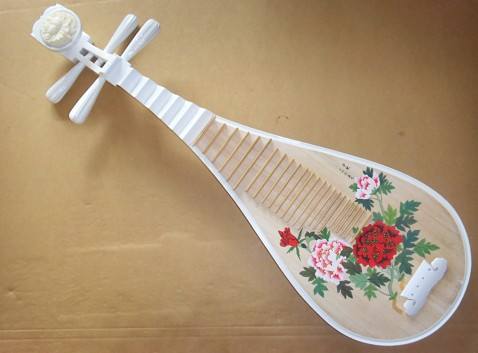How to change the handle? Detailed explanation of pipa changing skills
Changing the handle is also an important part of the pipa performance. If it is not changed properly, the performance will be interrupted and the sound will be stiff. It is very necessary to learn to change the handle.

Swapping is the connection action when switching from one position to another, and it is divided into upward switching and downward switching. The downshift is to switch from the bass position of the lute to the treble position. Shifting up is to switch from the treble position of the pipa to the bass position. When changing the handle, the big finger should change the handle position with the movement of the hand. Don't let your fingers "jump" off the strings to the next position (except for the jump switch). Use your fingers to "slide" down the next fret. The index finger is used as the positioning finger, no matter which position you switch to, you should know the position of the index finger. The big finger is relaxed, and the left hand should maintain the basic pressing hand shape without excessive twisting. The shoulders, upper arms, forearms, wrists, hands and other parts are all involved in the movement.
Switch from low handle to high handle
After playing the last note before the switch of the lower frets, release the pressure on the strings with the pressing fingers, and at the same time slide the hands to the upper frets with the wrist, and press the corresponding fingers on the correct frets.
High handle position switch to low handle position
After playing the last note before the switch of the high frets, release the pressure on the strings with the fingers that press the tone, and at the same time slightly raise the wrist to bring the hand to the low fret, and press the corresponding fingers on the correct fret.
 渝公网安备 50010702504639号
渝公网安备 50010702504639号